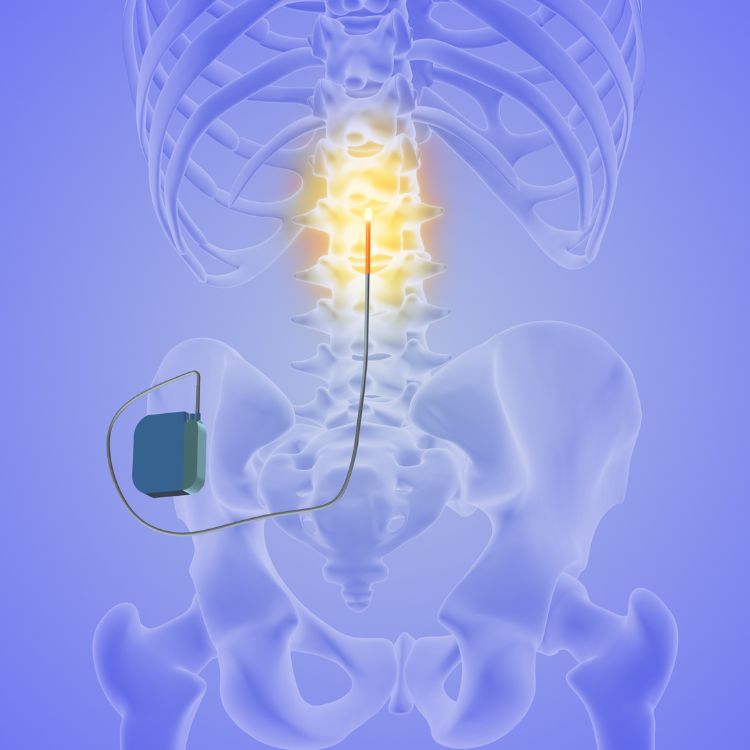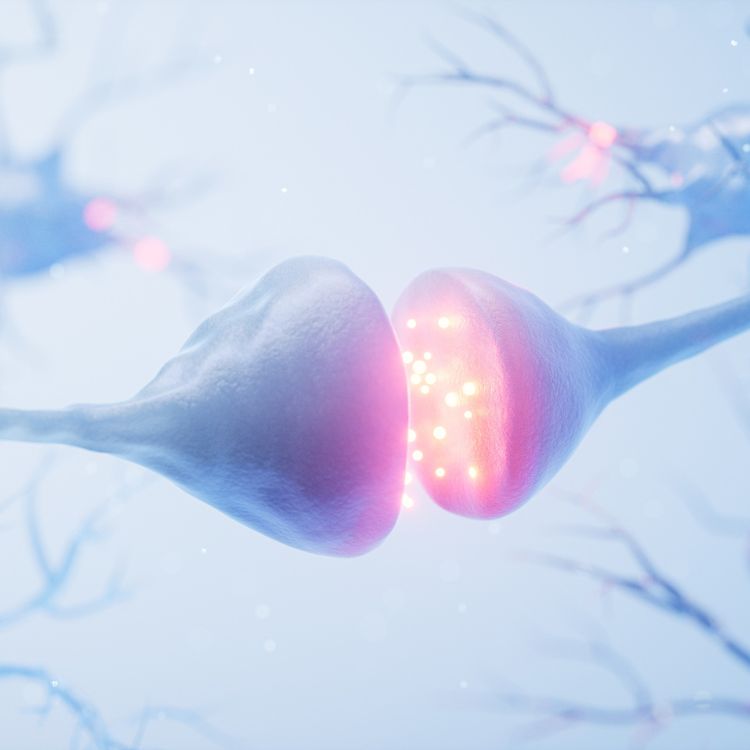What Is CRPS?
CRPS is believed to involve dysfunction in the nervous system, causing pain signals to misfire or become amplified. Most often, it affects the arms, legs, hands, or feet. Alongside the pain, patients may notice swelling, changes in skin temperature or color, unusual sweating, or muscle stiffness in the affected area.
The condition is usually classified into two types. CRPS-I occurs without confirmed nerve damage, while CRPS-II is associated with a known nerve injury. In both cases, early diagnosis and treatment offer the best chance for improvement.
Causes and Symptoms of CRPS
The hallmark symptom of CRPS is intense, persistent pain in an extremity following an injury or medical event. This pain is often out of proportion to the initial injury and can progressively worsen over time. Additional symptoms may include:
- Burning or throbbing pain in the affected limb
- Increased sensitivity to touch or temperature
- Swelling and stiffness in the joints
- Changes in skin temperature, texture, or color (skin may appear red, pale, or blotchy)
- Muscle weakness, tremors, or involuntary movements
- Decreased range of motion and mobility in the affected limb
Some individuals may experience periods of symptom flare-ups, while others have persistent pain and dysfunction. In severe cases, CRPS can lead to muscle atrophy and bone density loss, making early intervention critical.
Signs to Watch For
Symptoms of CRPS can vary widely from person to person. You might feel a burning or throbbing pain, notice that your skin is more sensitive than usual, or experience joint stiffness or muscle weakness. Some people develop changes in skin texture or temperature, and symptoms may spread beyond the original injury site over time.
Because CRPS can mimic other conditions, it’s important to see a specialist who can accurately diagnose and treat the disorder before symptoms become more difficult to manage.
How We Treat CRPS
There is no one-size-fits-all approach to CRPS, but there are many ways to reduce symptoms and improve function. Treatment often begins with medications that calm nerve pain or reduce inflammation. Physical therapy can help maintain or restore movement in the affected limb and prevent further complications.
For more persistent or severe symptoms, interventional treatments such as nerve blocks, spinal cord stimulation, or infusion therapy may be recommended. These options are designed to interrupt pain signals and give the nervous system a chance to reset.
At Mays & Schnapp, we approach CRPS with both medical expertise and a deep respect for the emotional and physical toll it can take. We’ll work closely with you to understand your experience and build a plan that supports your health and healing.





